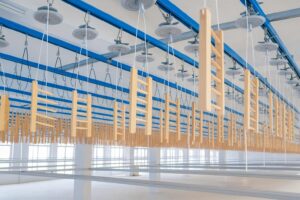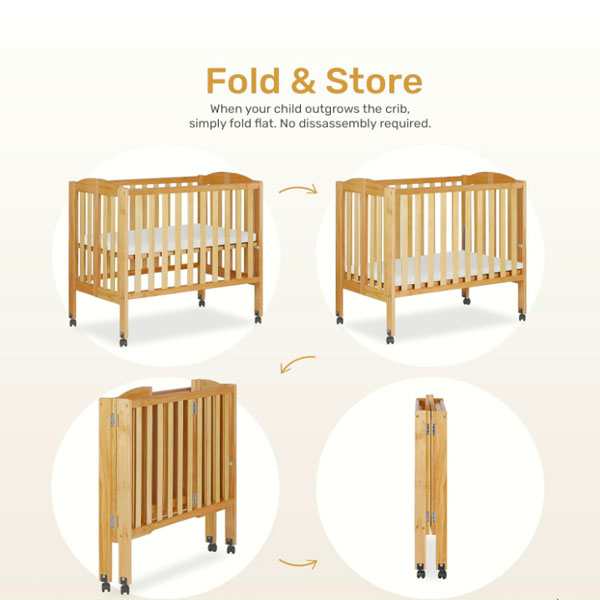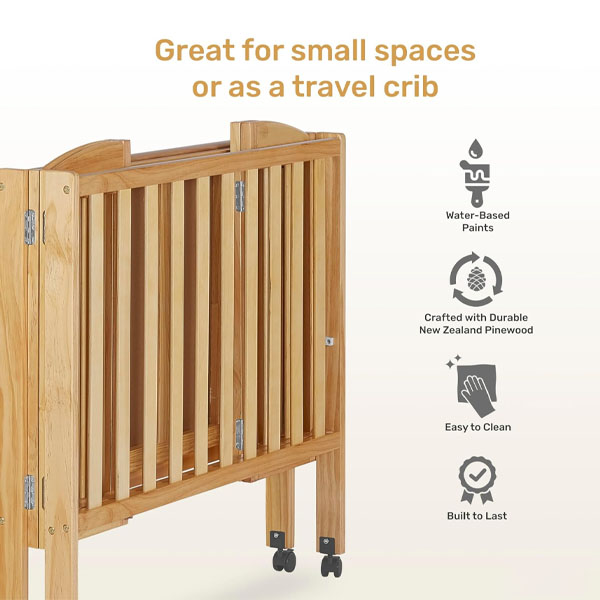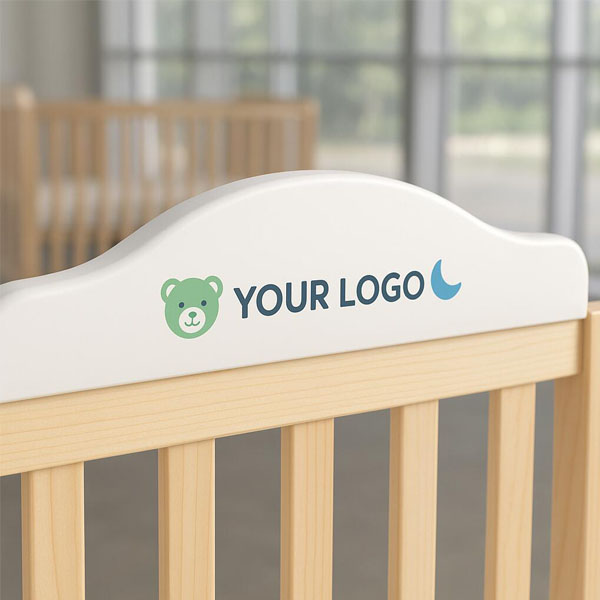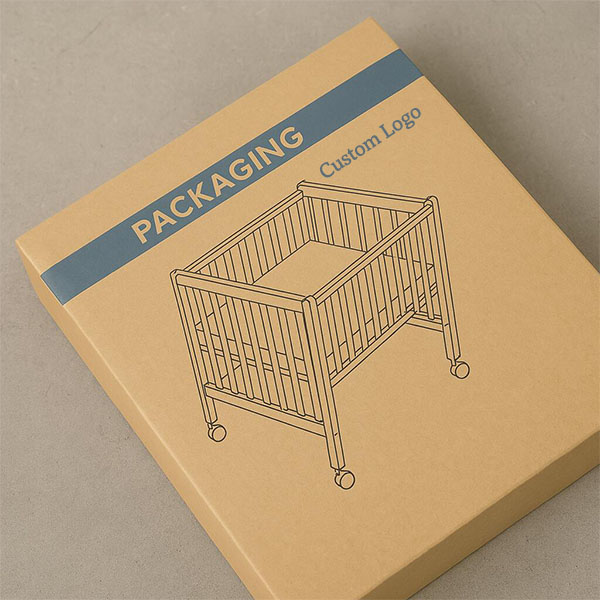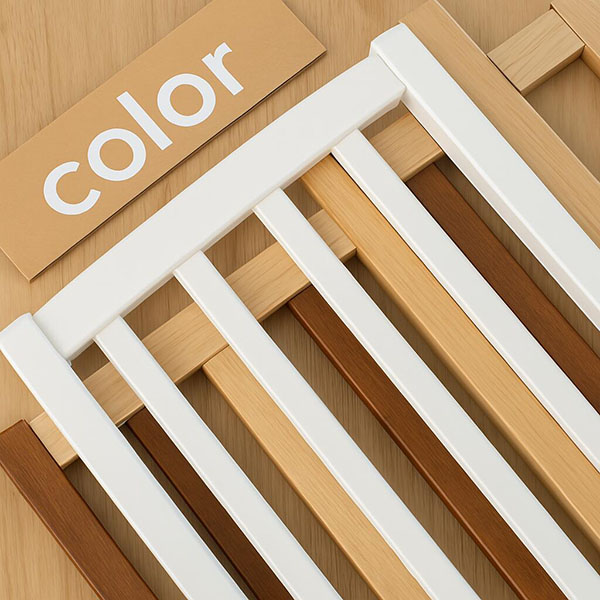Are wooden or plastic toys better for babies, and why?
Choosing toys can feel like a debate: natural vs. modern, eco vs. easy. Many parents wonder if wooden or plastic toys are truly better for their baby’s safety and development.
Wooden toys are more eco-friendly and durable, while plastic toys often offer more sensory features. The best choice depends on your baby’s age, needs, and how the toy is used.
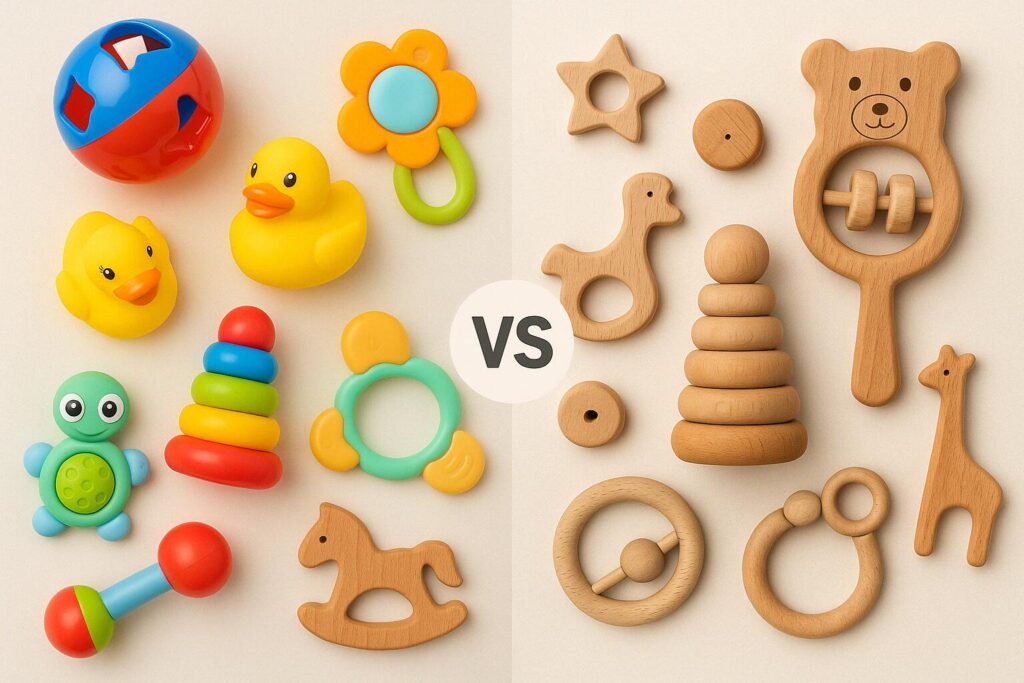
I’ve used both types with my kids. There’s no one winner—but there are real pros and cons. Let’s explore which toys work better for different situations and why it matters.
What are the benefits of wooden toys for babies?
Wooden toys are making a strong comeback. They feel sturdy, natural, and often look beautiful too.
Wooden toys are non-toxic, long-lasting, and encourage open-ended play with fewer distractions.
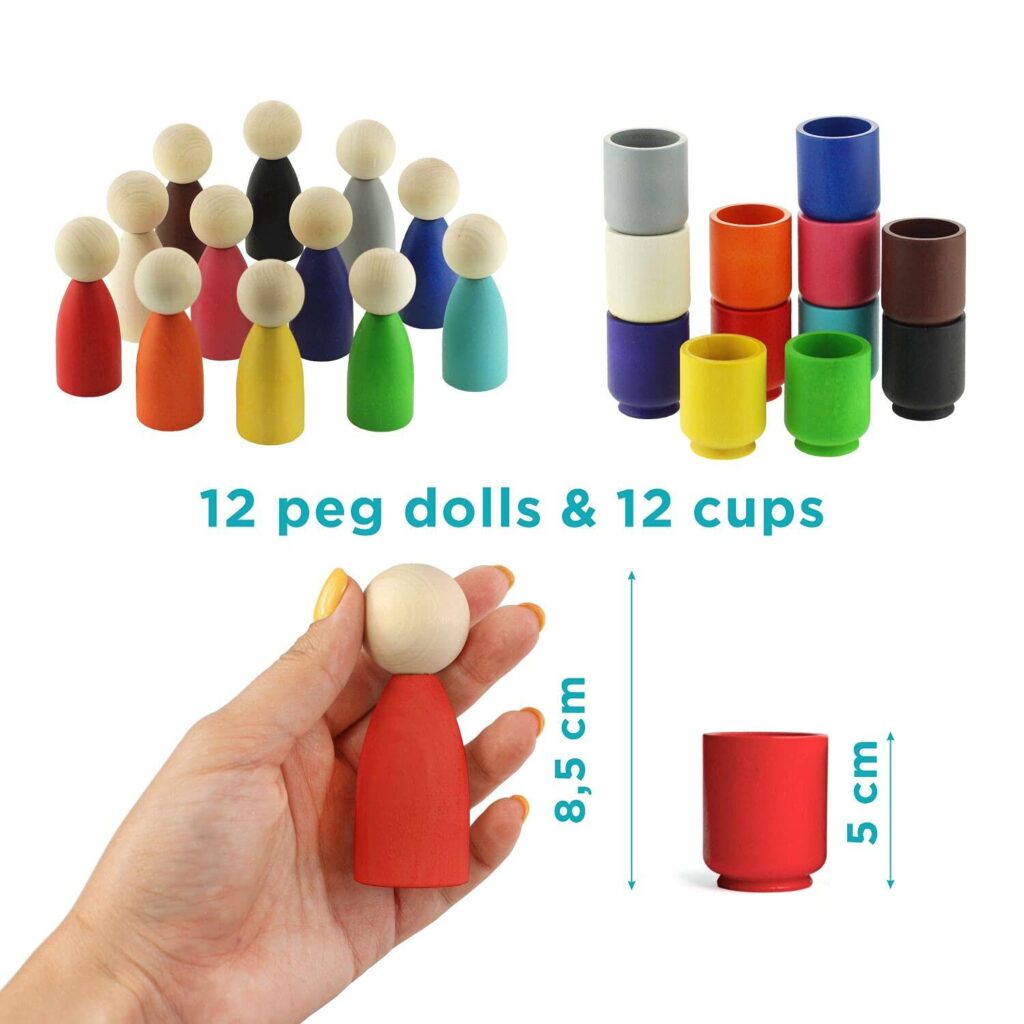
Safe and natural materials
Wooden toys—especially those labeled as non-toxic or FSC-certified—usually skip the chemicals you might find in cheap plastics. There are no batteries, flashing lights, or loud songs. That makes wooden toys calmer and often safer, especially for babies who mouth everything.
I gave my baby a simple wooden rattle at 4 months. It was smooth, safe, and had a quiet clink that didn’t overwhelm her. It felt like a better fit than our louder plastic rattles.
| Feature | Advantage in Wooden Toys |
|---|---|
| Material | Natural, biodegradable wood |
| Coating | Often non-toxic paints or oils |
| Durability | Can last for years |
| Simplicity | Promotes imagination and focus |
Encourages imagination
Without lights or buttons, wooden toys invite babies to explore in their own way. A wooden ring becomes a teether, a toy to bang, or even a stacking base. Open-ended toys like blocks and shapes grow with the child—from teething at 6 months to pretend play at age 2.
If you want Montessori-style play, wooden toys fit perfectly.
What are the benefits of plastic toys for babies?
Plastic toys often get a bad reputation—but they’re not all bad. In fact, they can be exactly what your baby needs at certain stages.
Plastic toys are lightweight, affordable, and often include sensory features like sound, light, and movement.
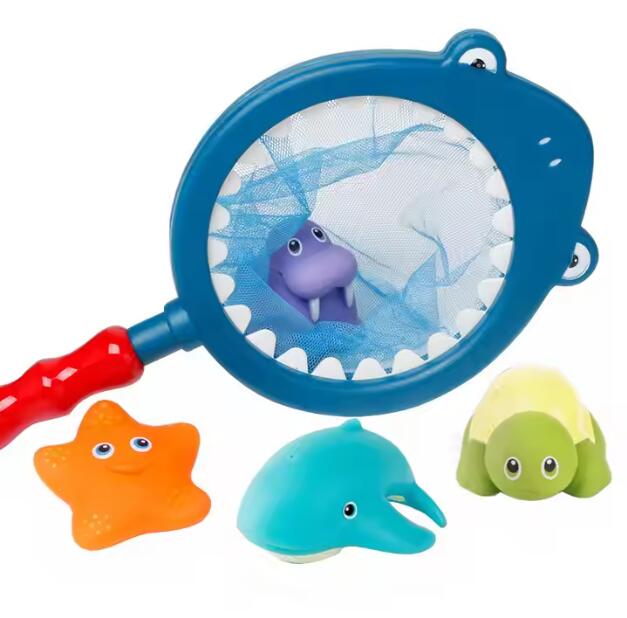
Easier to grip and clean
Plastic is lighter and often molded with holes, grips, or textures that tiny hands love. One of our favorites was the O Ball—lightweight, bendable, and easy to clean. It was one of the few toys my daughter could hold at 5 months without frustration.
Plastic also holds up better to spills and messy play. While wood might warp if soaked, plastic can be rinsed off in seconds.
| Feature | Advantage in Plastic Toys |
|---|---|
| Weight | Lighter for babies to lift or shake |
| Sensory features | Lights, music, buttons |
| Water-resistant | Easy to clean or use in the bath |
| Cost | Often more affordable |
More sensory interaction
For cause-and-effect learning, plastic toys often offer more variety. Think light-up buttons, rattles with beads inside, or musical push toys. These are great around 6–12 months when babies start realizing their actions create reactions.
I’ve seen the excitement in my baby’s face when a plastic ball lights up or makes a sound. It’s immediate feedback that helps build brain connections.
Are wooden toys safer than plastic toys?
Safety isn’t just about the material—it’s about how the toy is made and used.
Both wooden and plastic toys can be safe if they are well-made, age-appropriate, and free from small parts or toxic materials.
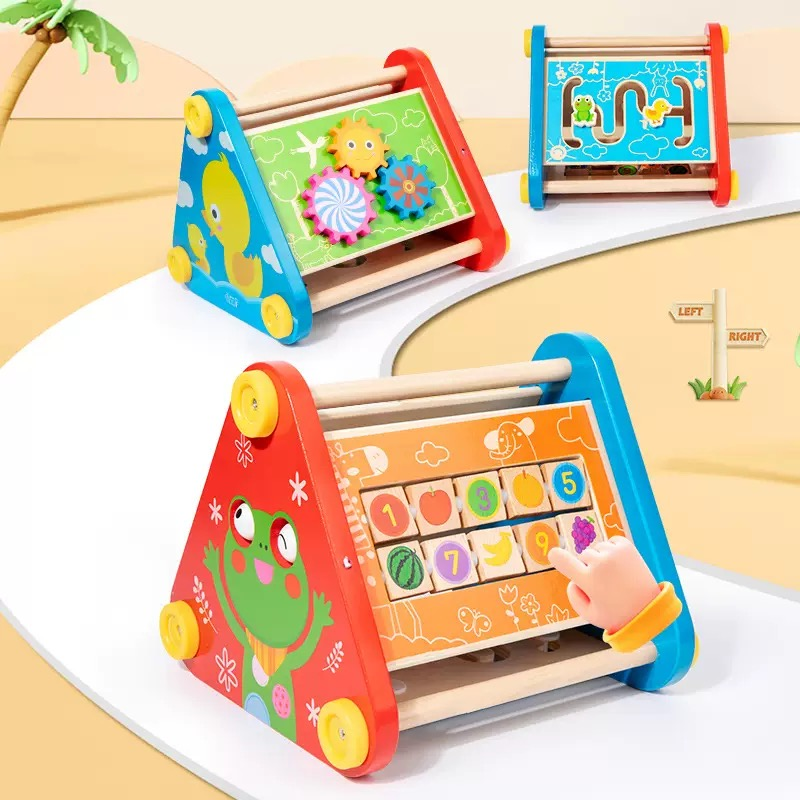
What to watch for
- Wooden toys: Check for splinters, chipping paint, or rough edges.
- Plastic toys: Avoid PVC and BPA. Look for “BPA-free” labels and avoid very cheap plastic toys with strong chemical smells.
I only buy from known brands and always check age labels. At the newborn and 6-month stages, safety means no small parts, cords, or choking hazards—no matter the material.
| Toy Type | Potential Safety Risks | How to Stay Safe |
|---|---|---|
| Wooden | Splinters, chipping paint | Choose smooth, sealed toys |
| Plastic | BPA, sharp edges, small pieces | Buy from trusted brands |
Safety tip
Always do the “toilet paper roll test” for infants: if a toy can fit through a roll, it’s a choking hazard.
Which toy material is better for the environment?
If you care about eco-living (like we try to in our house), this is an important factor.
Wooden toys are more sustainable, biodegradable, and often produced with fewer chemicals.
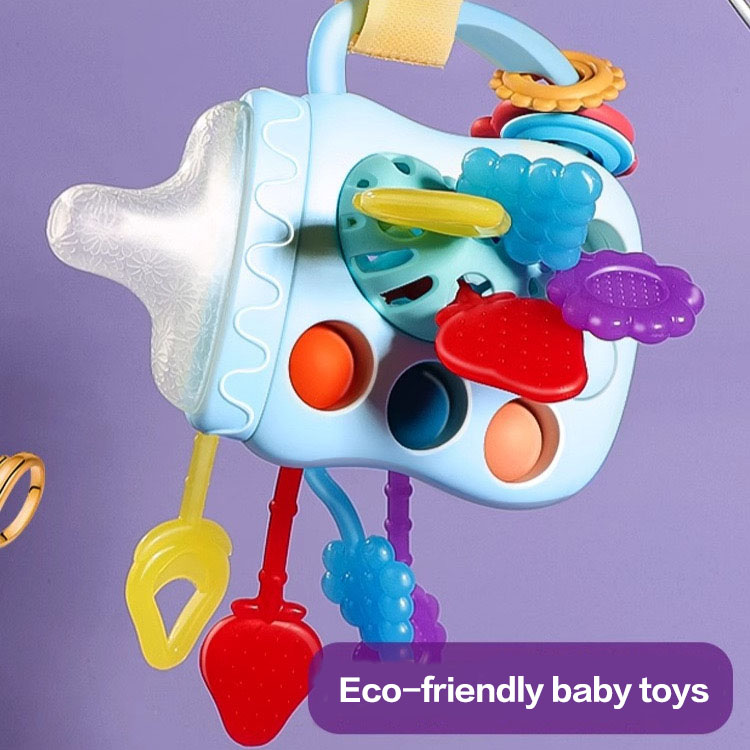
Wooden wins for the planet
Wood decomposes. Plastic doesn’t—at least not for hundreds of years. And many wooden toy makers now use FSC-certified wood, water-based paints, and minimal packaging. That’s a win for families trying to reduce waste.
We’ve passed down many wooden toys over the years, and they still look good. Some plastic ones? Not so much.
Plastic wins for recycling
Not all plastic is evil. Some toys use recycled plastic or can be recycled when broken. Brands like Green Toys use post-consumer plastic milk jugs to create safe, baby-friendly products. That helps balance the eco-scale a bit.
Conclusion
Wooden toys are great for durability, safety, and the environment. Plastic toys offer more sensory fun and are often easier for young babies to handle. Use both wisely.

